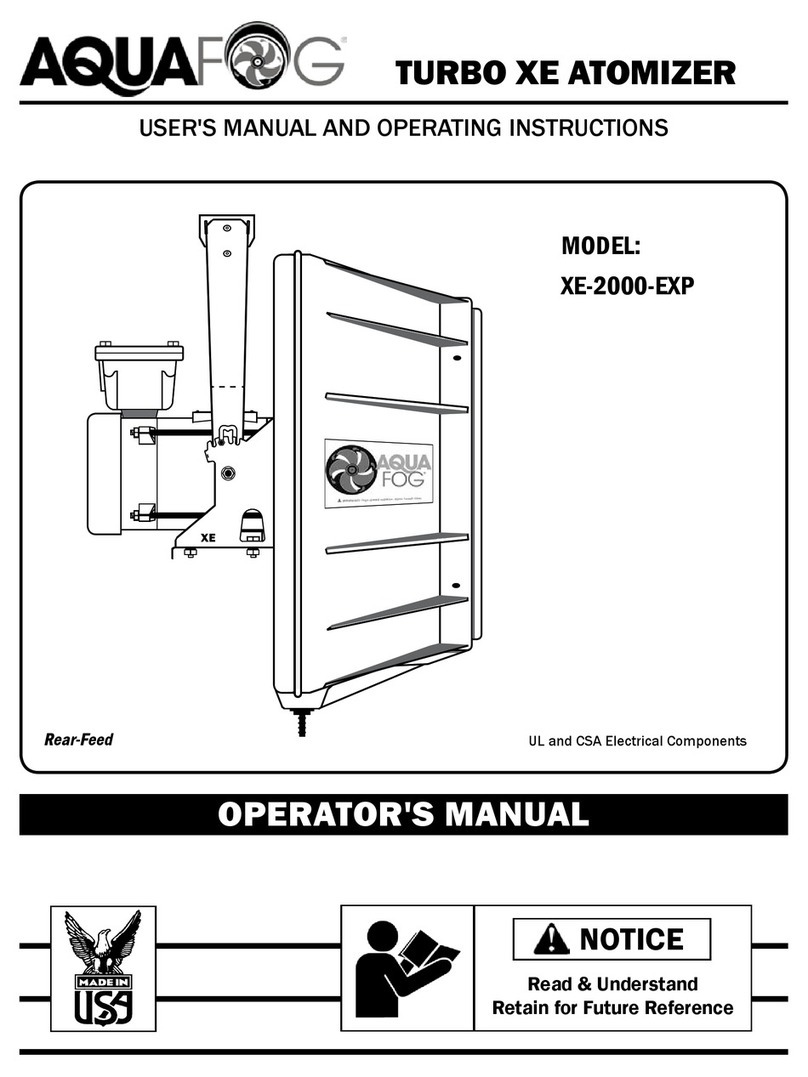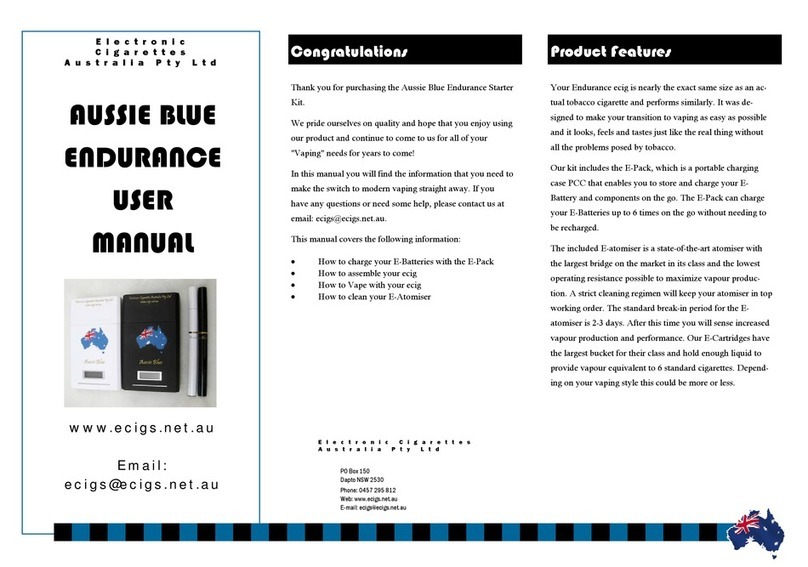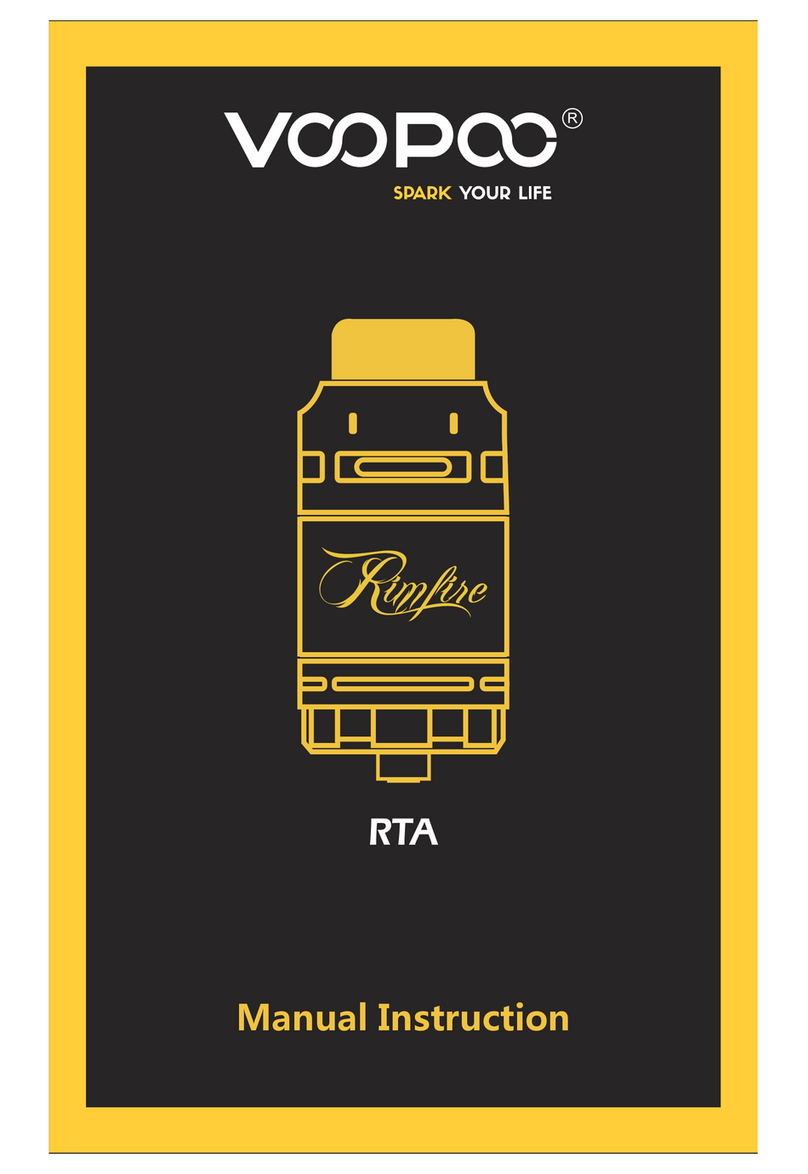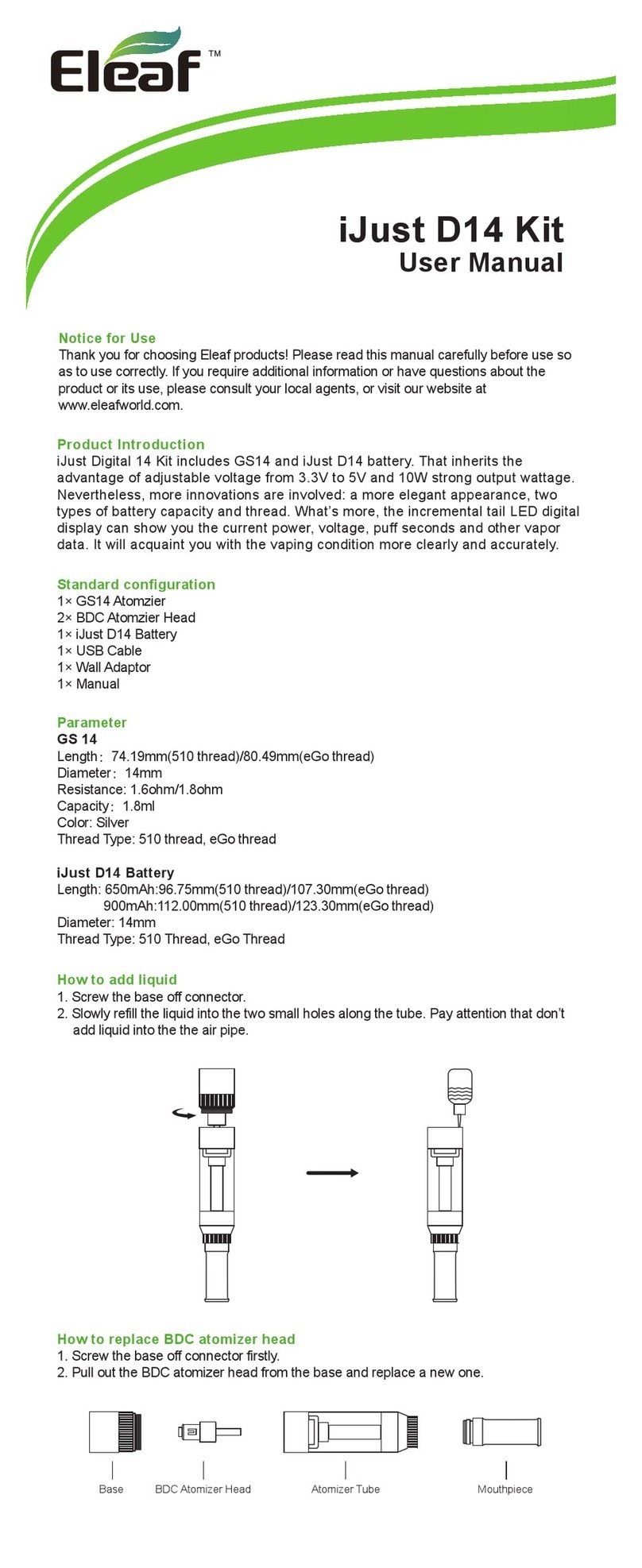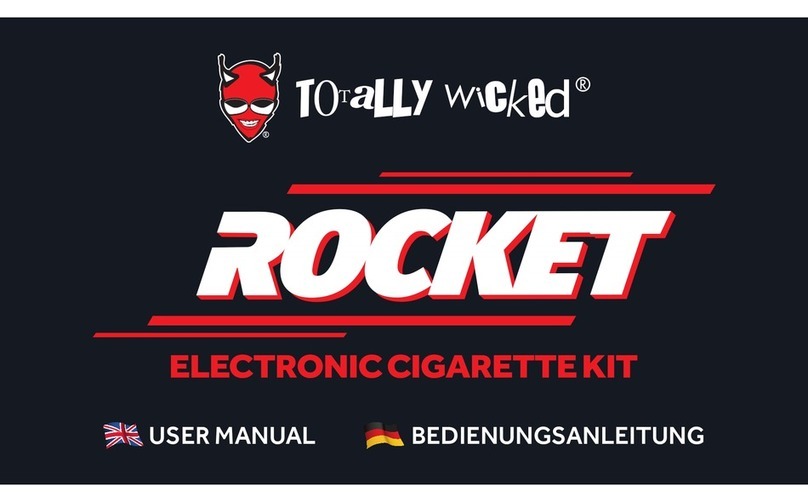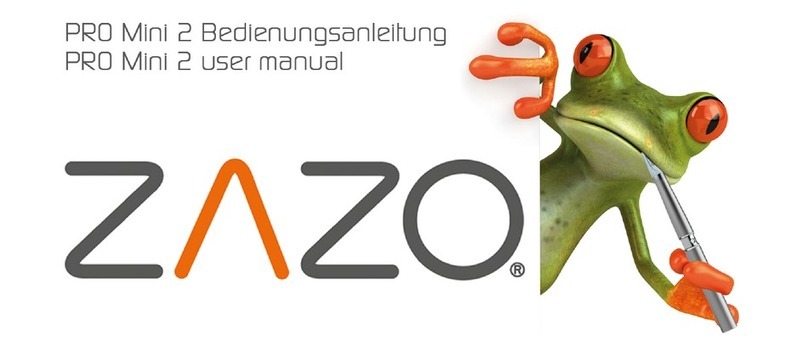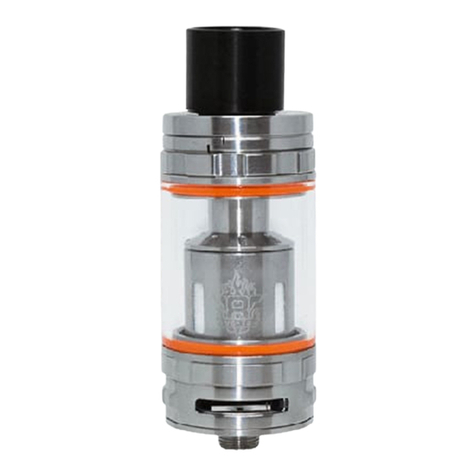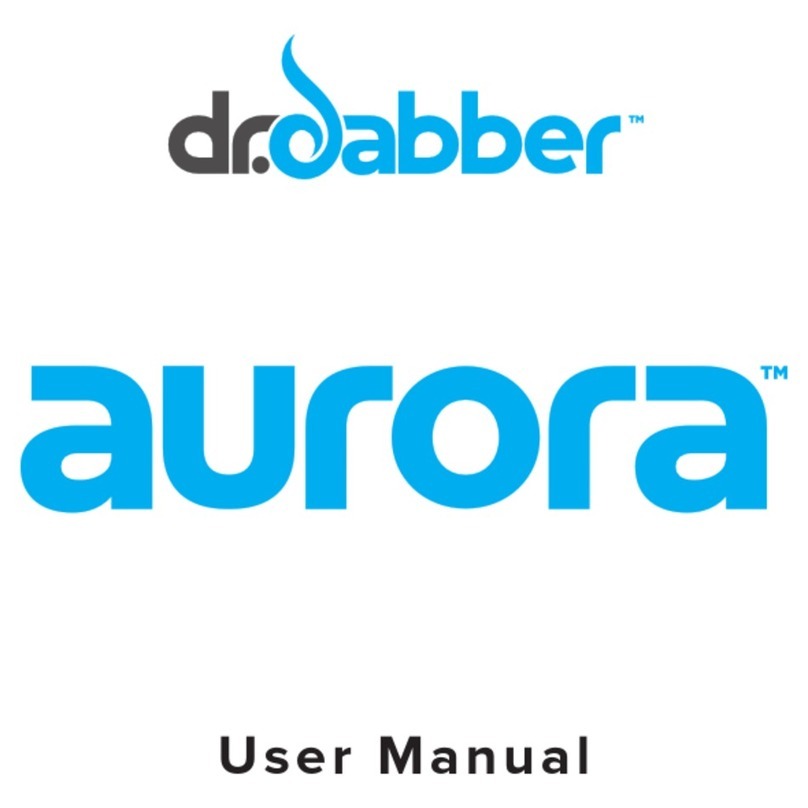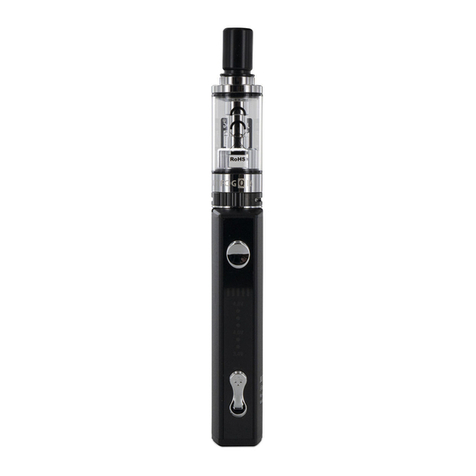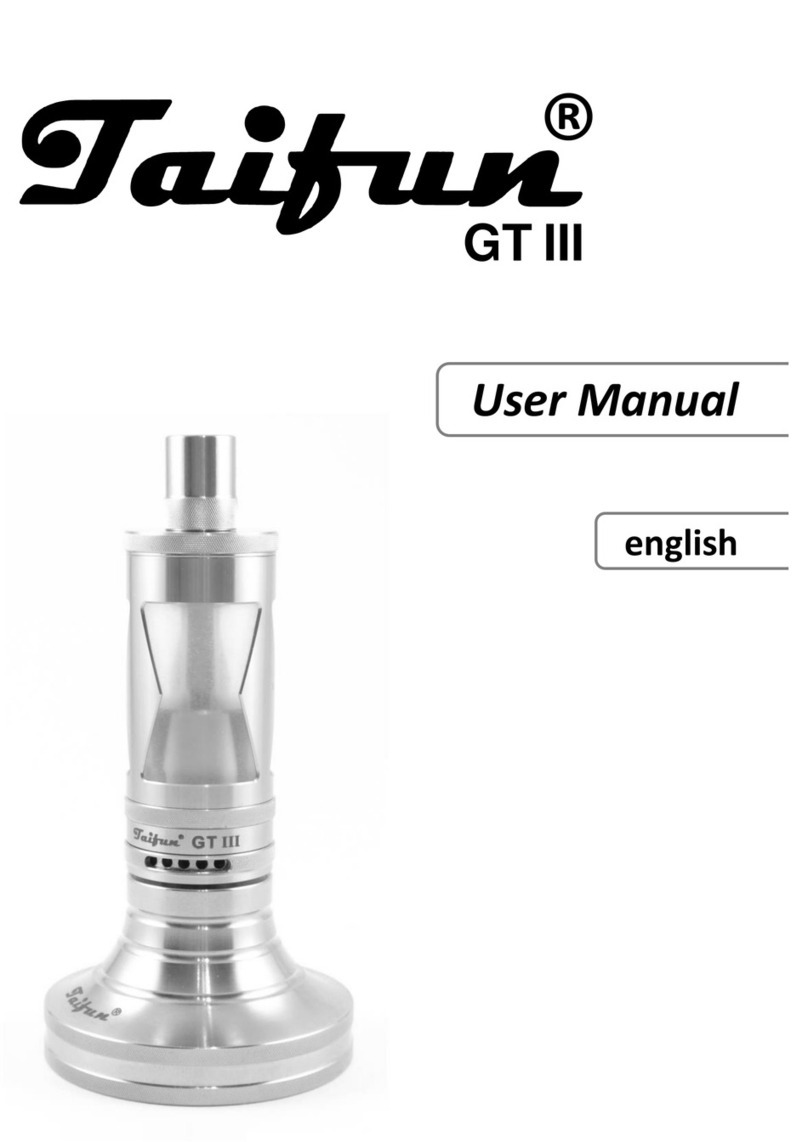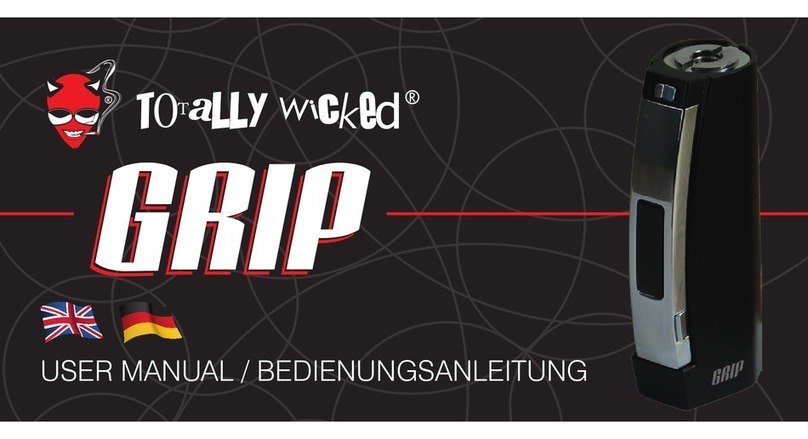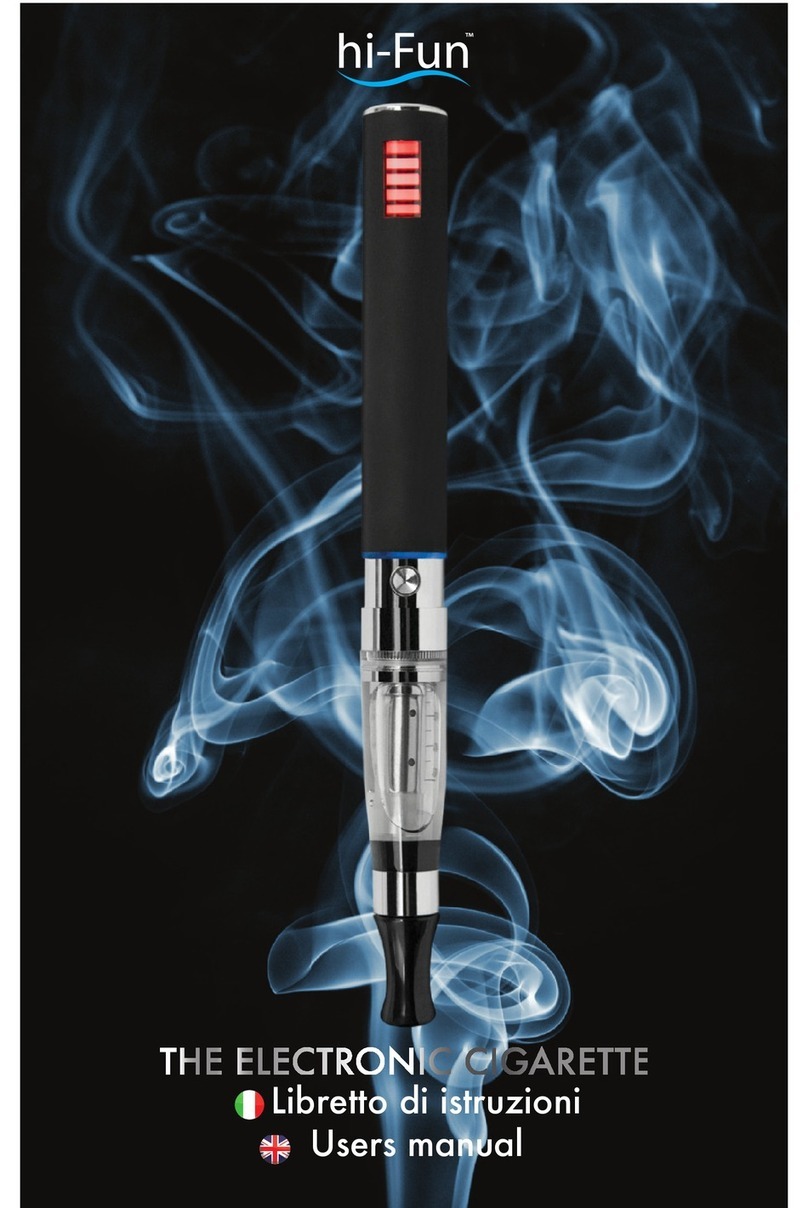
l2 SL EC - Rotating Atomizer with External Charging
Version:: 07 •As of:: 01/2020
4.2 Overview................................................................................................ 27
4.3 Functionality........................................................................................... 28
4.4 Assemblies............................................................................................. 30
4.4.1 Bell disk............................................................................................................30
4.4.2 Turbine.............................................................................................................32
4.4.2.1 Shaft detent .....................................................................................................33
4.4.2.2 Shaping air.......................................................................................................34
4.4.2.3 Rotational SpeedControl..................................................................................35
4.4.3 Valve block ......................................................................................................35
4.4.3.1 Main valve needle............................................................................................36
4.4.3.2 Valve for quick rinsing the bell disk .................................................................36
4.4.3.3 Recirculation for 1K paints...............................................................................37
4.4.4 Color tube ........................................................................................................37
4.4.5 Atomizer body and sleeve ...............................................................................38
4.4.5.1 The shaping air................................................................................................38
4.4.6 External charging.............................................................................................39
4.4.6.1 Function...........................................................................................................39
4.4.7 Clamping device (Jig)......................................................................................40
4.5 Connections........................................................................................... 41
4.5.1 Interfaces.........................................................................................................41
4.5.2 Flange assembly..............................................................................................42
4.5.2.1 Cable for potential equalization .......................................................................42
4.5.2.2 High voltage line ..............................................................................................43
4.6 Accessories and Related Parts.............................................................. 43
4.6.1 Accessories .....................................................................................................43
4.6.1.1 Case for checking high voltage shutdown.......................................................45
4.6.1.2 Atomizer attachment 60 ° (elbow) ...................................................................45
4.6.1.3 Atomizer pickup...............................................................................................45
4.6.1.4 Clamp for atomizer mount ...............................................................................45
4.6.1.5 Manual grounding rod......................................................................................45
4.6.1.6 Assembly bracket for atomizer ........................................................................45
4.6.1.7 Thread cleaner.................................................................................................45
4.6.1.8 Assembly aid for the atomizer body ................................................................46
4.6.1.9 Tool for disassembly of the atomizer body......................................................46
4.6.1.10 External mixer..................................................................................................46
4.6.1.11 Cable for potential equalization .......................................................................46
4.6.1.12 Tool set............................................................................................................46
4.6.2 Related Parts...................................................................................................46
4.6.2.1 High tension supply .........................................................................................46
4.6.2.2 R/O converter ..................................................................................................47
4.7 Tools...................................................................................................... 47
4.7.1 Tool kit .............................................................................................................47
4.7.2 Functionality of tools........................................................................................51
